
A second powerful earthquake in less than three weeks spread panic in Nepal on Tuesday, bringing down buildings weakened by the first disaster and killing at least 66 people, including 17 in neighbouring India and one in Chinese Tibet.
Most of the reported fatalities were in villages and towns east of Kathmandu, only just beginning to pick up the pieces from the April 25 quake that left more than 8,000 dead.
The U.S. military’s Pacific Command said a Marine Corps helicopter involved in disaster relief had gone missing, with six U.S. Marines and two Nepalese soldiers aboard.
The new 7.3 magnitude quake was centred 76 km (47 miles) east of the capital in a hilly area close to the border with Tibet, according to coordinates provided by the U.S. Geological Survey, and unleashed landslides in Himalayan valleys near Mount Everest.
Villagers who watched their homes collapse said they only survived because they were already living in tents.

Aid workers reported serious damage to some villages in the worst-affected Charikot area and said some people were still trapped under rubble. Witnesses said rocks and mud came crashing down remote hillsides lined with roads and small hamlets.
“We still don’t have a clear view of the scale of the problem,” said Dan Sermand, emergency coordinator at medical NGO Medecins Sans Frontieres, which surveyed the area by air and saw multiple landslides.
The United Nations has only raised 13 percent of the $423 million it said was needed to help Nepal recover from the April quake, which measured 7.8. Relief workers said they were already suffering a lack of material before the new quake.
“Why are (internally displaced people) sleeping on our office floor? Where are our tents? Where are our tarpaulins? Where are our hygiene kits?” said Brian Kelly of the International Organisation for Migration, at a large relief camp in the hill-top town of Chautara, hard-hit by both quakes.
“They need to be paid for,” he said.
A team of about a dozen volunteers searched the rubble for survivors in the town, the biggest in a district that suffered the worst casualties in April. Several people were believed to be trapped. “It’s better to search at night so it’s quiet,” said Rejoien Guru, a volunteer from Kathmandu.
He and others pointed flashlights into the decimated buildings hit by the twin quakes, calling out for survivors. “If anyone is in there, make a sound!” he called in Nepali.
FAMILY WATCHES HOUSE DISAPPEAR
In the town of Sangachowk, residents were outside receiving government food aid when the new quake struck. A family sat on the edge of the road where their house had just fallen down the hill, rubble spread over hundreds of feet below.
“We watched it go down slowly, slowly,” said Ashok Parajuli, aged 30.
In Charikot, where at least 20 bodies were recovered, hotel owner Top Thapa said the quake was at least as strong as last month.
“We saw houses falling, collapsing along the ridge,” said Thapa, owner of Charikot Panorama Resort. He said he saw five or six multi-storey buildings come down.
Politicians dashed for the exit of Nepal’s parliament building in Kathmandu, and office towers swayed as far away as New Delhi. The tremors that began at around 12.30 could be felt in Bangladesh and were followed by a series of powerful aftershocks.

Parents clutched children tightly, and hundreds of people frantically tried to call relatives on mobile phones. Shopkeepers closed their stores and the streets were jammed with people rushing to check on families.
Elsewhere, people huddled in public spaces, too nervous to venture inside.
“I am very scared and I am with my two sons. The school building is cracked and bits of it, I can see they have collapsed,” said Rhita Doma Sherpa, a nurse with the Mountain Medicine Centre in Namche Bazaar, a departure point for trekkers headed to Everest.
“It was lunchtime. All the kids were outside. Thank god.”
“WE SAW THE MOUNTAIN FALL”
May is peak season for climbing and trekking in Nepal’s high altitude valleys and peaks, but the usually bustling lodges and tea-houses were close to empty after thousands of tourists fled the April quake.
Dambar Parajuli, president of the Expedition Operators’ Association of Nepal, said there were no climbers or Nepali sherpa guides at Everest Base Camp. Mountaineers seeking to scale the world’s tallest peak called off this year’s Everest season after 18 people died when last month’s quake triggered avalanches on the mountain.
“All of them have already left,” Parajuli said.
In Lukla, the departure point for treks to Everest, buildings cracked and small landslides were triggered when the ground shook. At least three school children were injured.
Susana Perez from Madrid was on a 10-day trek with her husband to Island Peak in the Everest region and was about to reach Lukla.
“We saw the mountain in front of us fall down – earth and rocks. There were some houses underneath but it was not clear if they were hit,” Perez said.
In Nepal the death toll reached 48, with 1,176 injured, police spokesman Kamal Singh Bam said. Seventeen people were killed in the Indian states of Bihar and Uttar Pradesh, the home ministry said in a statement, and Chinese media reported one person died in Tibet after rocks fell on a car.
Indian and U.S. military aircraft flew more than 60 wounded people to Kathmandu from affected areas.
Nepal had barely begun to recover from the devastation caused by last month’s earthquake, the country’s worst in more than 80 years, which killed at least 8,046 people and injured more than 17,800.
Hundreds of thousands of buildings, including ancient Hindu and Buddhist temples, were destroyed and many more damaged.
Some foreign rescue teams have returned home from Nepal, but may need to be pressed into service again.
At a welcoming ceremony for an Israeli military rescue delegation on Tuesday, Prime Minister Benjamin Netanyahu said: “I know that you are already prepared for the next mission, anywhere it might be required. And to judge by the news, it is possible that such a mission now faces us.”
Wojtek Wilk, CEO of the Polish Centre for International Aid, said the new quake presented a funding challenge. Last week, World Food Programme head Ertharin Cousin said that the scale and number of global humanitarian crises was straining donors.
(Additional reporting by Gopal Sharma in KATHMANDU, Rupam Jain Nair, Doug Busvine, Tommy Wilkes, Sanjeev Miglani, Andrew MacAskill and Frank Jack Daniel in NEW DELHI and Dan Williams in JERUSALEM; Writing by Paritosh Bansal and Frank Jack Daniel; Editing by Mike Collett-White and Mark Trevelyan)
Source : Reuters
Two fresh tremors felt in Nepal, toll nears 8,000
May 8, 2015
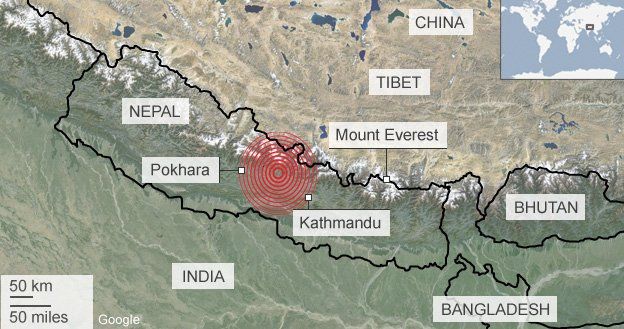
Kathmandu : Two fresh tremors were felt in Nepal on Friday, triggering panic among the people still reeling from the impact of the devastating earthquake that has claimed nearly 8,000 lives.
Aftershocks continued to rock Nepal with two more mild tremors being felt in central Nepal this morning. The epicentre of the tremors being Sindhupalchowk and Dolakha districts, east of Kathmandu.
A 4-magnitude tremor was felt at 2.19 AM this morning with the epicentre at Sindhupalchowk district, according to National Seismological Centre.
Another tremor measuring 5 on the Richter scale was felt at 6.17 am with the epicentre being at Dolakha.

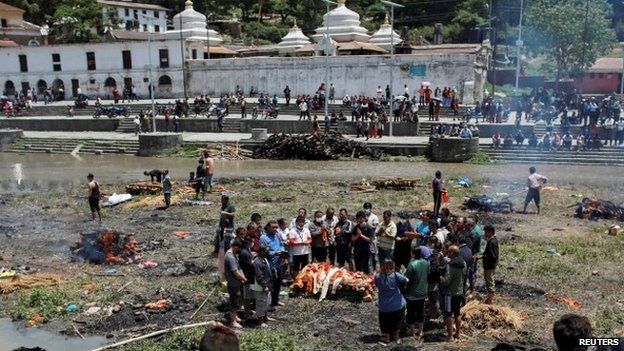
However, no damage was reported from the tremors. About 150 aftershocks measuring 4 or more on the Richter scale have been reported after the April 25 quake.
The death toll due to the earthquake has reached 7,885 so far while the number of injured has shot up to 16,390, officials said.
Sindhupalchowk is the worst-hit district with nearly 3,000 people dead while 1,209 have been killed in Kathmandu.
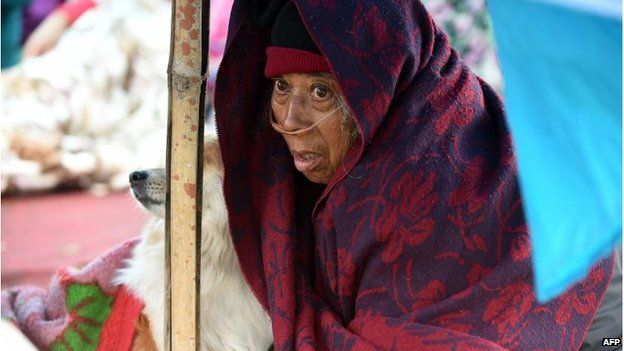
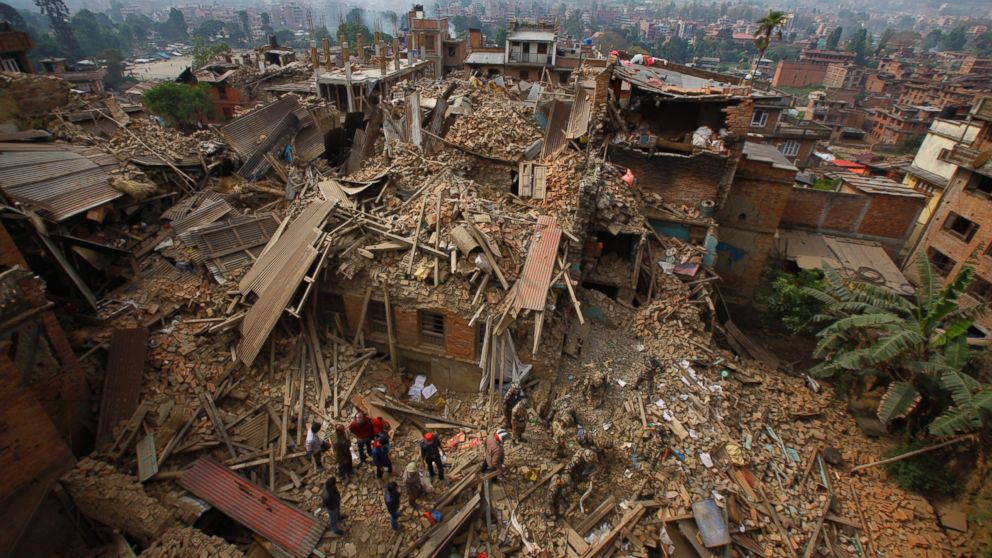
Meanwhile, the Indian Embassy here strongly refuted a media report in a national daily that said all the rescue and relief operations carried out by the Indian Air Force were not done in coordination with Nepal authorities.
“The fact of the matter is that the Indian military aircrafts are operating in full coordination and consultation with the Nepalese Army. A Liaison Officer of the Nepalese Army accompanies each flight,” the Indian Embassy spokesperson said.
“All Indian Air Force flights take place in accordance with the decision of the Nepalese Army. Indian Air Force and Army do not have any direct linkage with Chief District Officers and District Authorities,” the spokesperson added.
Indian helicopters carry relief material of various countries including India, handed over by the Nepalese Army, the Embassy stated.
“So, the presumption in the news report that the Indian helicopters are carrying relief material without coordinating with the Nepalese authorities is completely baseless,” it said.
Source : TOI
Nepal’s ruined monuments
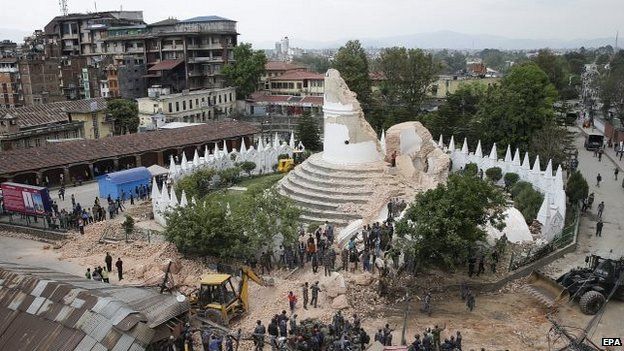
- 19th Century 200-step Dharahara tower in Kathmandu reduced to stump
- Durbar Square in Old City badly damaged
- In Bhaktapur, country’s best preserved ancient city, 16th-Century Vatsala Durga and many other buildings destroyed
- Several buildings in Patan’s 3rd Century Durbar square razed
- Destruction “culturally speaking an incalculable loss” – Nepali Times editor Kunda Dixit
Source : BBC





